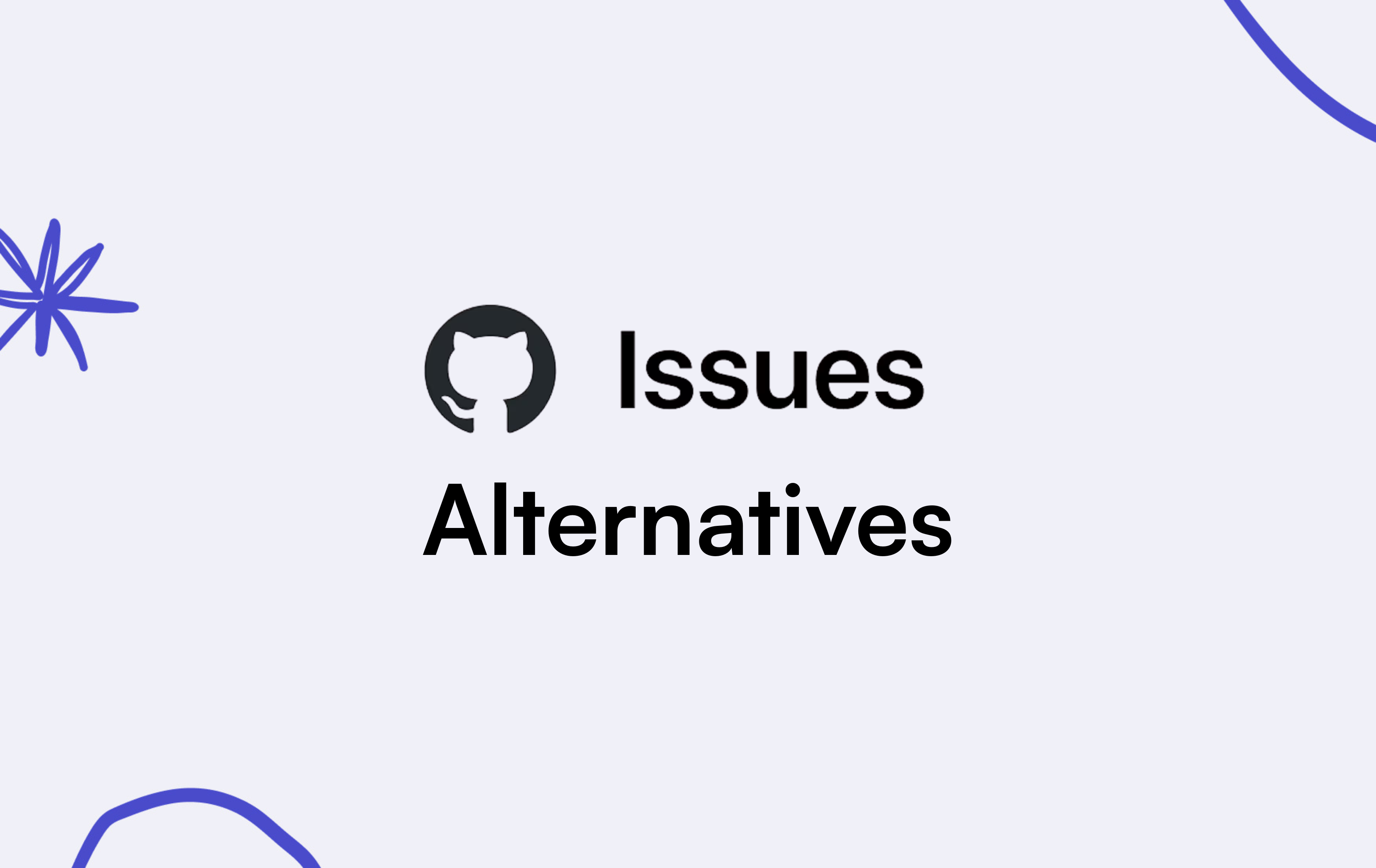Linear is a fast, polished issue tracker with an opinionated approach to project management. Its streamlined interface and keyboard-driven workflow help developers stay focused, and many teams appreciate its clean, minimalist design.
Some teams eventually need more flexibility than Linear's structured approach provides. Teams often want customizable workflows that match their specific processes, custom fields for tracking team-specific data, and more configurable project management features. When these needs arise, teams start evaluating alternatives that offer the speed they love in Linear with additional customization options.
Key Features Teams Want Beyond Linear's Core Offering
When evaluating alternatives to Linear, engineering teams typically look for customizable workflows that can adapt to different team processes, custom fields for tracking project-specific information, and more flexible project management features. They need the same GitHub integration and speed they get with Linear, plus the ability to configure the tool to match how their organization actually works.
Shortcut Features for Software Development Teams
Shortcut is a project management platform that offers Linear's speed and clean interface, but with significantly more flexibility. Key features include:
- Customizable workflows: Configure stages, transitions, and states that match your team's actual process rather than adapting to predefined structures
- Custom fields: Track project-specific data like severity levels, customer impact scores, or technical debt categories
- Automations: Set up rules to automatically assign work, update statuses, or notify stakeholders based on triggers like label changes, story completion, or Epic progress
- Multi-team coordination: Manage dependencies and shared work across squads without losing team-specific customizations
- GitHub integration: Pull requests, branches, and commits automatically link to Stories, with real-time status updates
- Configurable reporting: Build dashboards that track the metrics your teams actually care about, not just predefined charts
Unlike Linear's opinionated structure, you can configure Shortcut to match exactly how your engineering organization operates, from simple Kanban boards to complex multi-stage release processes.
What Engineering Managers Get with Shortcut
Shortcut gives you structure without friction. Planning happens in one place instead of scattered across tools. Dependencies become visible. Stories connect directly to code, so status updates happen automatically as work progresses.
Cross-functional collaboration becomes more efficient. Developers, product managers, and stakeholders can all see the same priorities and context. Built-in reporting like velocity charts and cycle time metrics gives you insights without building dashboards or wrestling with spreadsheets.
How Shortcut Scales with Engineering Organizations
As your engineering organization evolves, Shortcut scales with you. You can manage work across multiple teams while keeping ownership and accountability clear. Roadmaps give stakeholders visibility into upcoming priorities, while reporting tools help managers understand team velocity, cycle time, and delivery trends.
The platform supports cross-functional collaboration. Product, design, engineering, and QA can all work together in the same system, with shared context and live updates. Integration with GitHub, Slack, and other core tools means you don't have to disrupt existing workflows.
How to Import Linear Issues to Shortcut
Transitioning from Linear to Shortcut is straightforward. You can import issues and workflows, connect your GitHub repositories, and start tracking work immediately. Many teams start with a pilot project or a single team, then expand as the value becomes clear across the organization.
Shortcut's interface is intuitive, and most teams get productive within a day or two. With role-specific views and keyboard navigation, everyone from developers to product managers can contribute with minimal ramp-up.
Best Practices for Linear to Shortcut Migration
Every tool change has a learning curve, but you can minimize the overhead. Get your team involved early so they understand why you're moving to a tool built for engineering at scale. Run a quick onboarding session to help everyone get productive faster.
Use the transition to revisit your workflow and make improvements. Make sure your existing integrations are connected so nothing breaks in your broader toolchain.
Linear vs Shortcut: Frequently Asked Questions
Is Shortcut only for larger teams? No. Small teams benefit just as much from having planning, tracking, and collaboration in one place. Plus there's a free tier for up to 10 users.
Can we use both tools during the transition? Yes. You can run both while you migrate, importing Linear issues to test Shortcut with a project or team.
How steep is the learning curve? Most teams find it straightforward. The interface is modern and matches how developers already think about their work.
The Bottom Line
If you're looking for an alternative to Linear that's built for the way software teams actually plan and build, Shortcut is a natural next step. It brings together the speed of an issue tracker with the planning power needed for engineering organizations that want to scale effectively.
Ready to try Shortcut? Start free and see how it fits your team's workflow from day one.


















.png)

